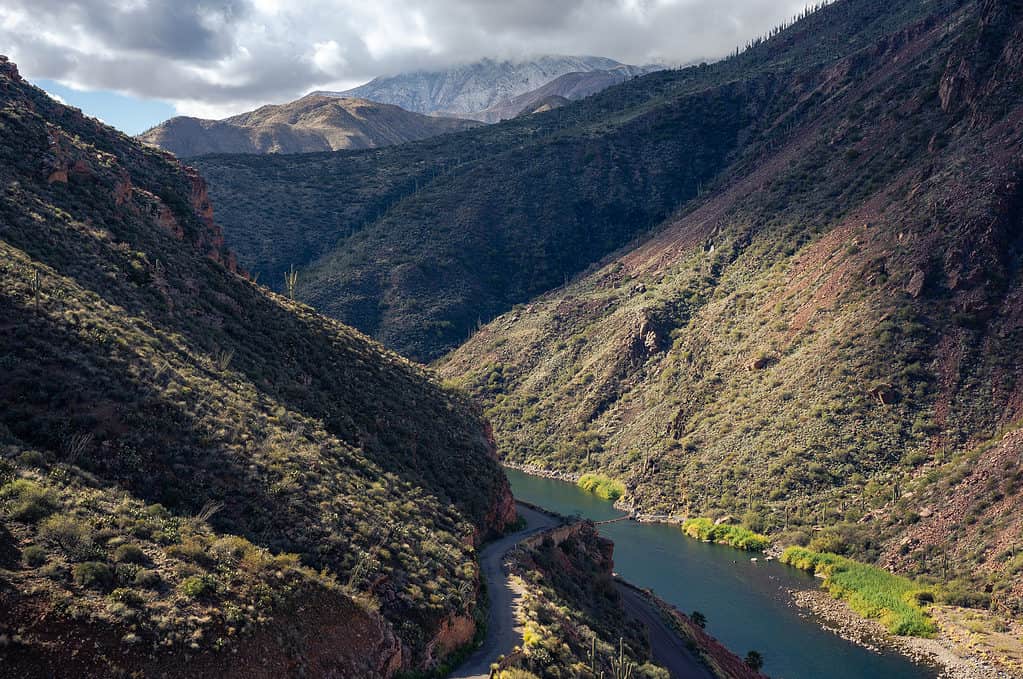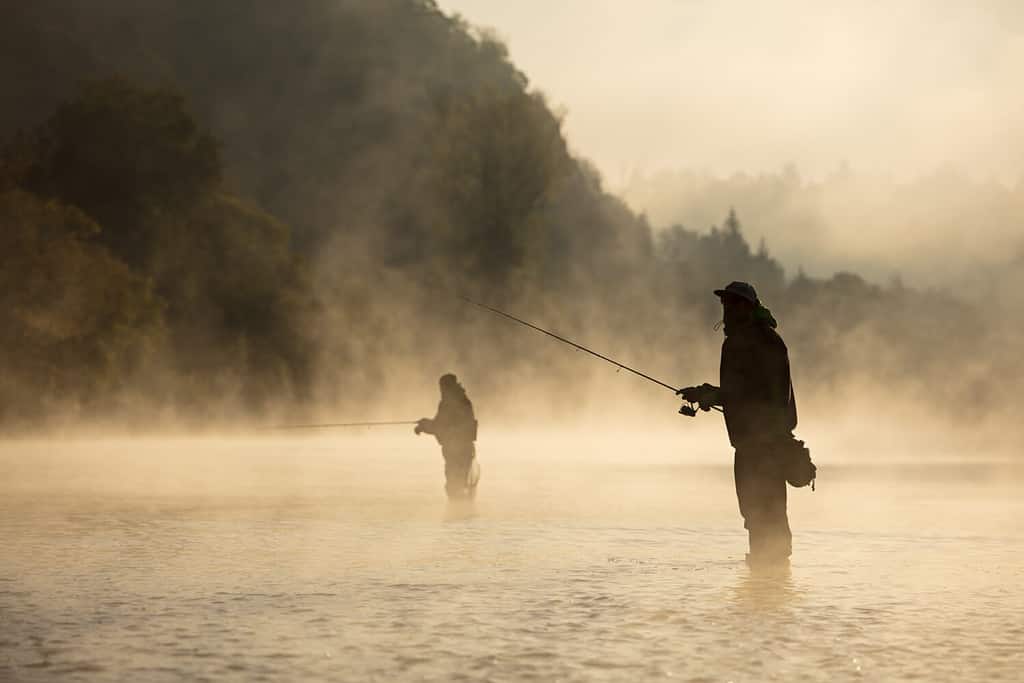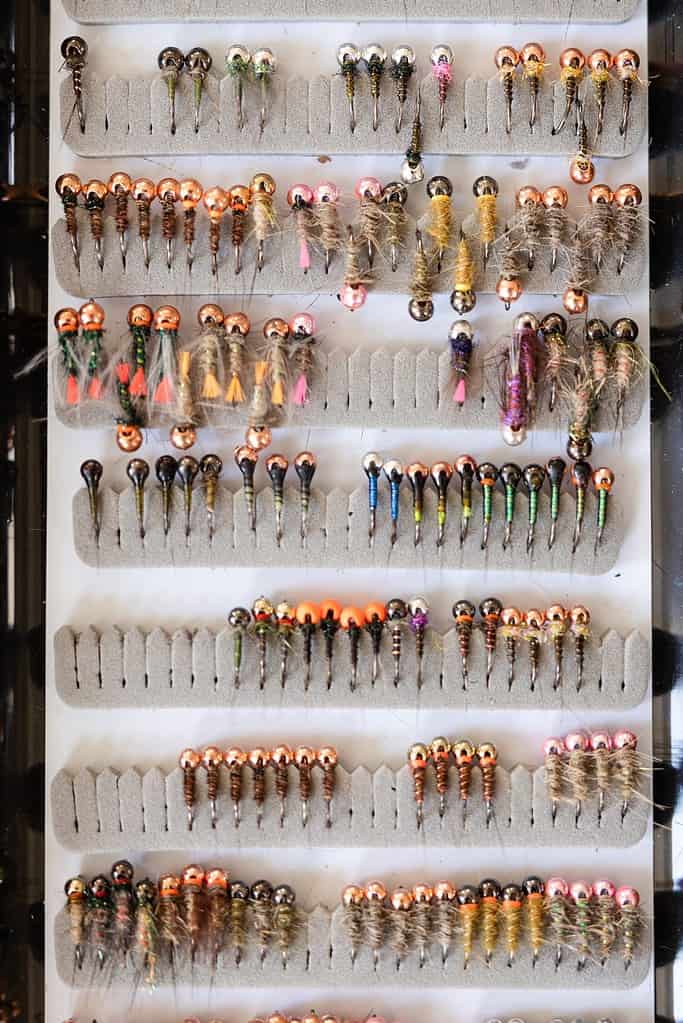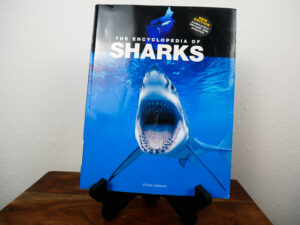More Great Content:
↓ Continue Reading To See This Amazing Video
Are you ready to have the fishing experience of a lifetime? Discover what awaits you on an Arizona fly-fishing excursion. With its varied terrain and temperate climate, it’s the perfect place to get started with this exciting activity.
Arizona offers some of the greatest fly fishing locations in America, from lush freshwater lakes to beautiful ribbon-like rivers and tranquil creeks. Additionally, ‘the Copper State’ is a haven for specific trout species like cutthroat, rainbow, brown trout, smallmouth bass, and great bass — making it an idyllic spot for anglers everywhere.
If you want a break from the typical outdoor activities and are looking for an opportunity to hone your casting abilities, why not try fly fishing? Arizona boasts some of the clearest waters in the United States and captivating views that make fly fishing an experience like no other. So without further ado, here’s your guide to some of the best rivers in AZ perfect for getting started on fly fishing:
Little Colorado River

©Wirestock Creators/Shutterstock.com
The Little Colorado River is a small tributary that rises from the White Mountains and flows into Colorado’s Grand Canyon. The stream flows for about 340 miles, draining a 26,500 square mile region in western New Mexico and eastern Arizona. Most parts of the Little Colorado River remain still all year due to the seasonal snowmelt and flash flooding between Cameron and St. John. However, the river’s headwater and tailwater sections maintain a consistent flow throughout the year, making them the best access points for fly fishing.
Because locals crowd these points when fishing, consider hiking to get to more secluded areas where the fish are more abundant.
We further advise that you trek the White Mountains until you reach the East Fork region, where the river’s tailwater flows from the Colter Reservoir to Greer. You’ll likely catch brown trout, brook, Apache trout, and rainbow fish there. Trout species are common in the mountain stream because of the water’s high pH, which creates a sustainable habitat for the fish.
The best time to go fishing on the Little Colorado River is between May and October. Also, spring is the perfect season to fish on the beautiful, crystal-clear stream because the river runs low during summer and early fall, making it challenging to catch trout.
Black River

©Johnny Coate/Shutterstock.com
Another excellent spot for fly fishing in Arizona is the Black River near Show Low, Arizona, within the White Mountains. The river stretches approximately 114 miles and flows from the south of Greer to the west of Alpine and Nutrioso before turning north to drain into the White River. The Black and White Rivers merge their waters to form the Salt River, River Gila’s major tributary.
Additionally, the river divides into two forks, the western and eastern, which are each eight miles long. For a worthwhile fishing experience, try fishing in the upper parts of the forks. Here, you’ll have a higher chance of catching the Apache cutthroat fish. The middle section of the Black River contains brown trout and rainbows, while the lower stretches hold smallmouth bass and brown trout. All streams of the Black River are freestone because they rely solely on snow and rain to maintain their water supply.
The Black River is surrounded by lush forests, open terrain, and natural, soothing sounds that will give you a heavenly experience as you fish on the beautiful stream. Fly fishing in the Black River is a satisfying experience, especially on the eastern fork, because it contains the most fish and is easy to access using the forestry roads. The stream has plenty of large rocks and small boulders, which create riffles that cause the water to flow unevenly. You’ll also come across long shallow pools on the fork.
Difficulties in Fishing
It’s difficult to fish in the western fork because the stream has numerous bushes and shrubs along its edges, which may prevent you from casting correctly. With that said, be extra careful when casting the bait into the water.
Pick the Right Time
You must also acquire the necessary documents, like a permit, before fishing the Black River. In addition to that, keep in mind that some sections of the water are catch-and-release only. Due to the high water levels during summer, May, June, and July are the perfect months to fly fish in the river.
Salt River

©iStock.com/Eric Mischke
Known popularly as a tubing destination, the Salt River is also one of Arizona’s best fly fishing locations. The river is a 40-minute drive from downtown Phoenix and is one of River Gila’s largest tributaries. Furthermore, Salt River’s drainage basin is 35,000 square kilometers, stretching through Maricopa and Gila counties for 200 miles.
Saguaro Lake
Only the tailwater area of the river, located below Saguaro Lake, supports trout, significantly making fly fishing in the Salt River challenging if you don’t know where to look. The lower river areas hold the most trout because of the cold water flow from the 125 feet deep Saguaro Lake. Trout prefer swimming and breeding in cold waters rather than warm waters. Therefore, consider fly fishing on the Salt River during winter if you want to catch the most trout possible.
Roosevelt Lake
Also, the Salt River has a reservoir called Roosevelt Lake, which sits in the northeastern Phoenix area and is open throughout the year. If you want to catch great bass, sunfish, bluegill, and smallmouth bass, then Roosevelt Lake is the best place to fish. When the dam floods during high water season, it creates a favorable habitat made of rocky outcroppings and flooded trees, encouraging the breeding of predatory fish such as great bass.
Apache Lake
Another beautiful and secluded Salt River reservoir where great bass thrives is Apache Lake. The lake is located near the Roosevelt Dam, and you can easily access it from the Apache Junction using the Apache trail. The lake has so much great bass that people hold regular fishing contests to see who’ll catch the most largemouth bass. Plenty of forage species on the lake, reefs, and drop-offs create the best habitat for smallmouth and largemouth bass.
What’s the Difference Between Fly Fishing and Spin Fishing?

©Lukas Gojda/Shutterstock.com
When it comes to fishing, fly fishing and spin fishing are the two most popular techniques. The key difference between these methods lies in the equipment used — with fly fishing, you need a specialized rod that allows for casting lightweight lures with an artificial line attached (such as tippets or leaders). Spinning rods and reels will do when engaging in spin-fishing due to their ability to launch spinnerbaits or other weighted lures into the water.
Types of Reels, Lines, and Rods
The types of reels, lines, and rods used for spin fishing differ significantly from the ones used for fly fishing. For example, in fly fishing, lightweight fly rods are used to cast lines by false casting. Heavier spin rods are used in spin fishing through single casting.
When fly fishing, one uses flies, such as streamers, nymphs, dry flies, and emergers, to imitate different types of food that fish feed on. Spin fishing uses lures that imitate fish instead of flies to catch larger fish species.
Type of Water
Moreover, fly fishing is more suitable for moving water, such as rivers and streams, compared to spin fishing, which works best on still water, such as lakes. However, fly fishing experts can also get a massive catch on still lakes and dams.
Summary
In a nutshell, fly fishing primarily baits fish using artificial flies made of animal parts like hairs and feathers. The core thrill of fly fishing is challenging yourself with a more complicated type of fishing and catching as many fish as possible. Some fishing enthusiasts even insist that fly fishing is a more peaceful experience than spin fishing. Also, fly fishing is an excellent way to catch great bass and trout.
Alternatively, spin fishing is considered a more versatile and straightforward method to catch different fish species besides trout. Spin fishing is your safest bet if you aim for a result-driven outcome on still waters.
Different Types of Fly Fishing

©TMHong/Shutterstock.com
Are you planning to embark on a fly fishing adventure on one of Arizona’s rivers? Here are three primary fly fishing techniques to make the most of your experience:
Nymph Fishing
Nymphing is the best form of fly fishing for newbies because it provides an easier way to bait fish. The technique involves using nymphs consisting of aquatic insects such as mayflies, stoneflies, and caddis (in their immature stage), to lure fish to your line.
Trouts always love feeding, making them an easy catch, especially when using the nymphing technique; immature insects are their staple food. Most trout are prevalent at the bottom of rivers because the current is slower, and nymphs shelter themselves in the rocks, making the depths of waterways suitable hunting grounds for the fish. So, for a successful attempt at fly fishing, ensure you fish along river edges where the waters move slowly.
Dry Fly Fishing
The dry fly fishing method involves using terrestrial insects, like beetles, ants, and grasshoppers, to coax fish at the bottom of the river to approach the surface and feed. Fly fishing is a captivating practice as you observe the complete cycle – from when the bait drifts on top of the water to when it piques a fish’s curiosity and when they gently swim toward its surface to devour it.
Although using dry flies is the simplest form of fly fishing, it’s one of the most complex ways to catch the trout species because trout love to stay hidden at the bottom of the river. The water surface poses too many dangers to trout because predators like eagles and bears could capture them.
Occasionally, you could encounter a few opportunistic trout that risk approaching the water surface on the prowl for food.
Streamer Fishing
Another impressive fly fishing technique is streamer fishing, which involves using tiny artificial fish, called streamers, to catch bigger fish. It’s the most challenging form of fly fishing because it targets larger, more intelligent fish that are smart enough to avoid traps. That’s why you should make your casting more accurate by using a giant fly.
Streamer fishing is a popular fly-fishing technique used by anglers to catch large fish such as bass and trout. Streamers are artificial lures in the shape of small baitfish, with bright colors and realistic detailing that imitate their natural prey. The streamer is cast upstream and retrieved downstream, allowing it to move through the water in a lifelike manner, attracting hungry predators.
Streamers come in many sizes, shapes, and colors, so anglers can customize their presentation to match the conditions they’re facing, from shallow rocky streams to deep reservoirs. In Arizona, there are three rivers renowned for their excellent streamer fishing opportunities: The Verde River, Salt River, and Little Colorado River.
Trout usually go after prey that is three times smaller than them. Therefore, a 3-inch fly will attract trout between 9 and 14 inches in size when streamer fishing.
Why Is Fly Fishing So Popular in Arizona?
Fly fishing is an exciting activity that will captivate your children, taking them away from their screens and into the outdoors on weekends. The superb fishing technique was invented by Thaddeus Norris, a great fisherman who discovered that the English form of fishing was useless on American streams and rivers. One of his original rods is displayed in Mrs. Frances Borie’s Museum. Thaddeus Norris also wrote famous fishing books that teach people how to fish like experts.

©Lukas Gojda/Shutterstock.com
Exploration
Fly fishing is popular because it pushes you to explore places you usually wouldn’t. It’s also a versatile form of fishing because you can do it in Arizona’s different rivers, lakes, and creeks. While traditional fishing can be relaxing because it requires little movement, fly fishing is more exhilarating since you’ll be required to move around to match the direction of the fish. Remember to carry your fishing boots because you may walk through rushing rapids while casting your net to catch some great bass and trout.
Exercise
Fly fishing is also a great way to keep in shape because mastering how to walk on rocky river beds without slipping or falling is an intense workout. Also, fly fishing makes you fine-tune your fishing skills as you try to outsmart the fish with artificial flies and mimic their natural movement to attract the target.
Affordability
Most people in Arizona enjoy fly fishing because it’s more affordable than other forms. You need a fly rod, line, basic types of flies, and a leader, especially if you’re a beginner. Once you become an expert, you can buy high-quality fly fishing tools that’ll allow you to capture a variety of fish species.
Another reason you should take up fly fishing is that you’ll get to visit some of the most iconic locations in the state, such as the White Mountains, Salt River, Roosevelt Dam, Apache Lake, Little Colorado River, and the Black River.
The more you explore fishing areas in Arizona, the more you’ll come across magnificent fir and spruce trees, aesthetically pleasing rivers, and picture-perfect mountains that will allow you to escape your day-to-day stresses and do something out of the ordinary.
Try Fly Fishing in Arizona
Are you looking for an exciting activity that allows you to explore fantastic destinations in Arizona? Fly fishing is just what you need. The refined, artistic angling technique will push you to venture out of your local fishing spots and onto the enthralling rivers in Arizona, where the fresh air alone is enough to relieve all your stress. Gear up and prepare for a thrilling experience as you fly fish from one Arizona river to another.
Up Next:
"fish" - Google News
April 12, 2023 at 03:02AM
https://ift.tt/js0Ot8S
Discover the Top 3 Rivers in Arizona To Fly Fishing (Great Bass and Trout Locations) - AZ Animals
"fish" - Google News
https://ift.tt/Fr0EnhN
https://ift.tt/3AJOGIp
Bagikan Berita Ini
















0 Response to "Discover the Top 3 Rivers in Arizona To Fly Fishing (Great Bass and Trout Locations) - AZ Animals"
Post a Comment